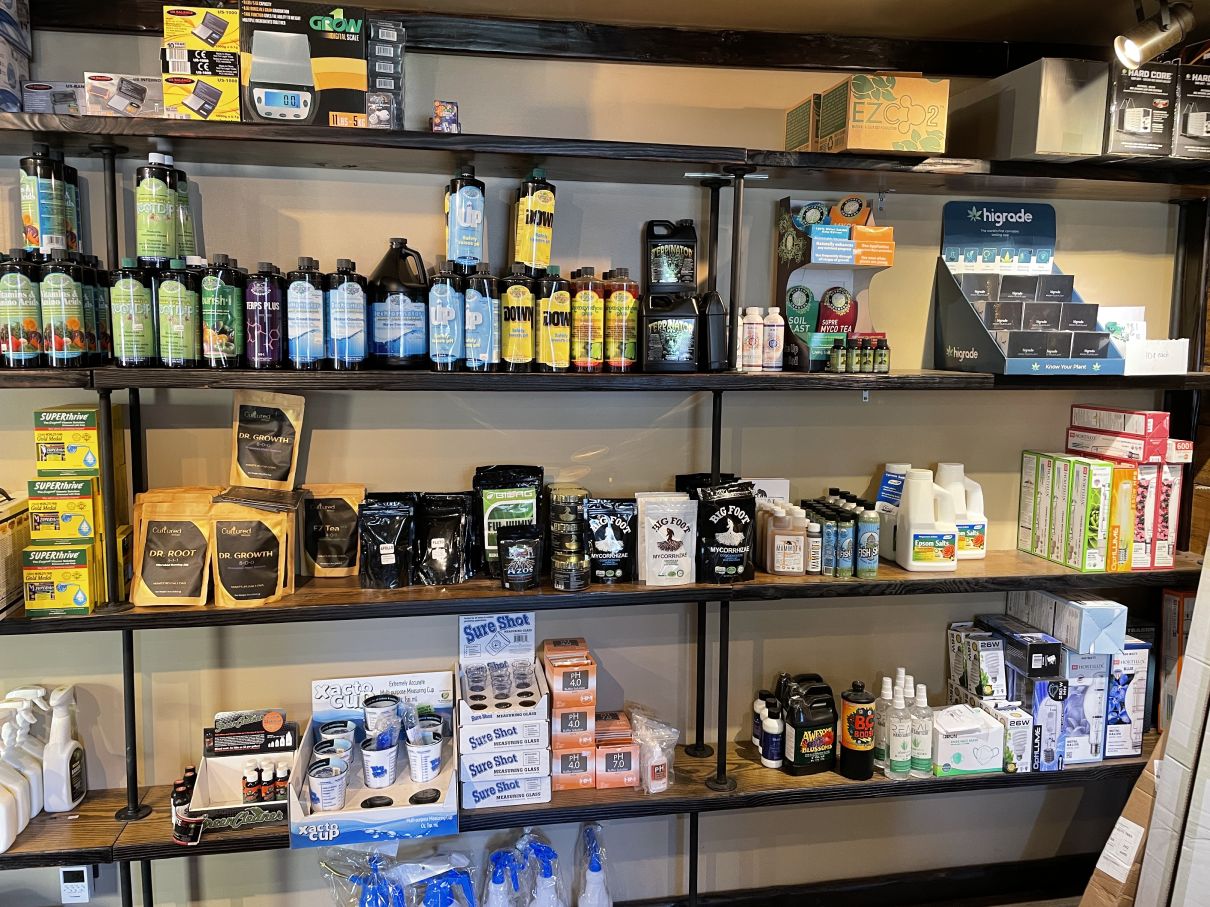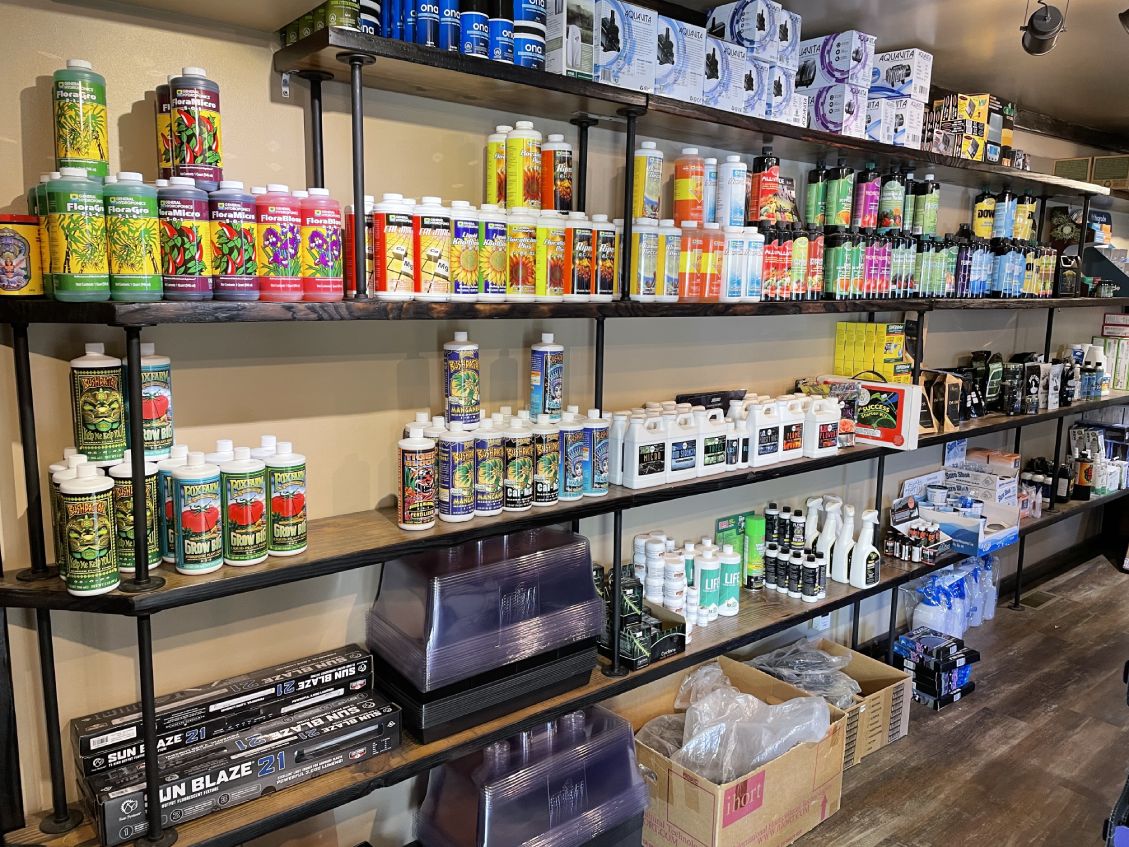Dive Into the Globe of Hydroponics: Checking Out Different Types
Within the realm of hydroponics lies a varied selection of farming techniques that use one-of-a-kind benefits for growing plants without soil. As we start this exploration of various hydroponic systems, we will discover the intricacies of techniques like the Nutrient Movie Method (NFT), Deep Water Society (DWC), Wick System, Ups And Downs (Flood and Drain), and Aeroponics. Each technique offers an unique approach to supporting plants in a soil-less environment, appealing development and performance in the realm of contemporary farming.

The Nutrient Movie Method (NFT)
The Nutrient Film Technique (NFT) is a hydroponic system that includes a continuous circulation of nutrient option over plant origins in a slim film to promote efficient nutrient uptake. This approach utilizes a superficial stream of water which contains liquified nutrients, allowing the plant roots to have constant accessibility to the required components for development - The Indoor Earthworm. The nutrient service moves along all-time low of the channel, calling the roots and afterwards receding, giving a highly oxygenated environment crucial for root health and wellness
One of the main advantages of the NFT system is its water effectiveness. Given that the nutrient solution is recirculated, it requires much less water compared to conventional soil-based gardening. Furthermore, the controlled setting of the NFT system reduces the risk of nutrient discrepancies and diseases, bring about healthier plants. This strategy requires mindful monitoring of pH degrees and nutrient focus to guarantee optimum plant growth. Generally, the Nutrient Film Method is a preferred choice amongst hydroponic enthusiasts because of its simpleness, effectiveness, and space-saving style.
Deep Water Society (DWC)
In a DWC system, plants are put in web pots, enabling their roots to dangle directly into a nutrient option. The key to success in DWC is preserving the appropriate oxygen degrees in the nutrient solution to stop origin rot and advertise healthy plant growth.
One of the primary benefits of DWC is its reduced maintenance requirements. With less relocating components and no need for an intricate watering timetable, DWC is a beginner-friendly choice for those new to hydroponic gardening. Additionally, the direct accessibility to oxygen and nutrients permits plants to uptake what they require a lot more effectively, typically leading to faster growth prices and greater returns compared to traditional dirt farming techniques. Regulating water temperature level and avoiding algae growth in the nutrient remedy are vital considerations when carrying out a DWC system.
Wick System
In hydroponic growing, the Wick System is a passive technique that allows plants to draw up nutrition option with capillary activity. The capillary activity of the wick enables the nutrient option to move from the tank to the growing tray, guaranteeing a continuous supply of nutrients to the plants' roots. It may not be suitable for larger plants or those with high nutrient needs, as the easy nature of the system can lead to irregular nutrition circulation.
Ebb and Circulation (Flood and Drain)
Checking Out the Ebb and Circulation (Flooding and Drain) system supplies understanding into a dynamic hydroponic technique that rotates between flooding and draining the plant origins with nutrient remedy. This system runs by periodically flooding the plant containers with a nutrient service from a tank and afterwards allowing the excess solution to drain pipes back. The process is generally managed by a timer to make sure normal flooding cycles, supplying the origins with oxygen as the option recedes.
Ebb and Circulation systems are versatile and can suit various plant dimensions and types. The regular flooding helps provide nutrients straight to the roots, enhancing nutrient uptake efficiency.
This approach is preferred amongst hydroponic enthusiasts for its versatility, simpleness, and efficiency to different plant demands. With proper tracking and upkeep, the Ups and downs system can support robust plant development in a regulated hydroponic environment.
Aeroponics
Using a high-pressure misting system, Aeroponics is a cutting-edge hydroponic technique that puts on hold plant origins in an oxygen-rich setting to promote optimal nutrient absorption and energetic development. Unlike various other hydroponic strategies, which submerge roots in water or a nutrient service, Aeroponics provides nutrients straight to the origins via a great mist. This mist is sprayed at regular intervals, making sure that the origins obtain a More Help consistent supply of water, oxygen, and nutrients.

Among the vital benefits of Aeroponics is its capability to make best use of nutrient uptake while decreasing water use. By supplying nutrients straight to the roots, plants can absorb them a lot more efficiently, causing faster growth rates and greater returns. Furthermore, the oxygen-rich atmosphere created by the misting system boosts origin advancement and aids stop root illness.
Aeroponics is specifically well-suited for expanding leafy environment-friendlies, natural herbs, and other plants that thrive in oxygenated atmospheres. The Indoor Earthworm. Its efficient use this link usage of sources and ability to advertise quick growth make it a prominent selection for hydroponic enthusiasts wanting to achieve ideal outcomes
Conclusion
Finally, hydroponics uses a range of cutting-edge methods for expanding plants without soil. From the nutrient film technique site link to deep water culture, each method has its own advantages and difficulties. By comprehending and utilizing these various kinds of hydroponic systems, individuals can explore new possibilities for lasting farming and make the most of plant growth in controlled settings.

Comments on “The Indoor Earthworm Method: Your Key to Flourishing Plants Via Growing”